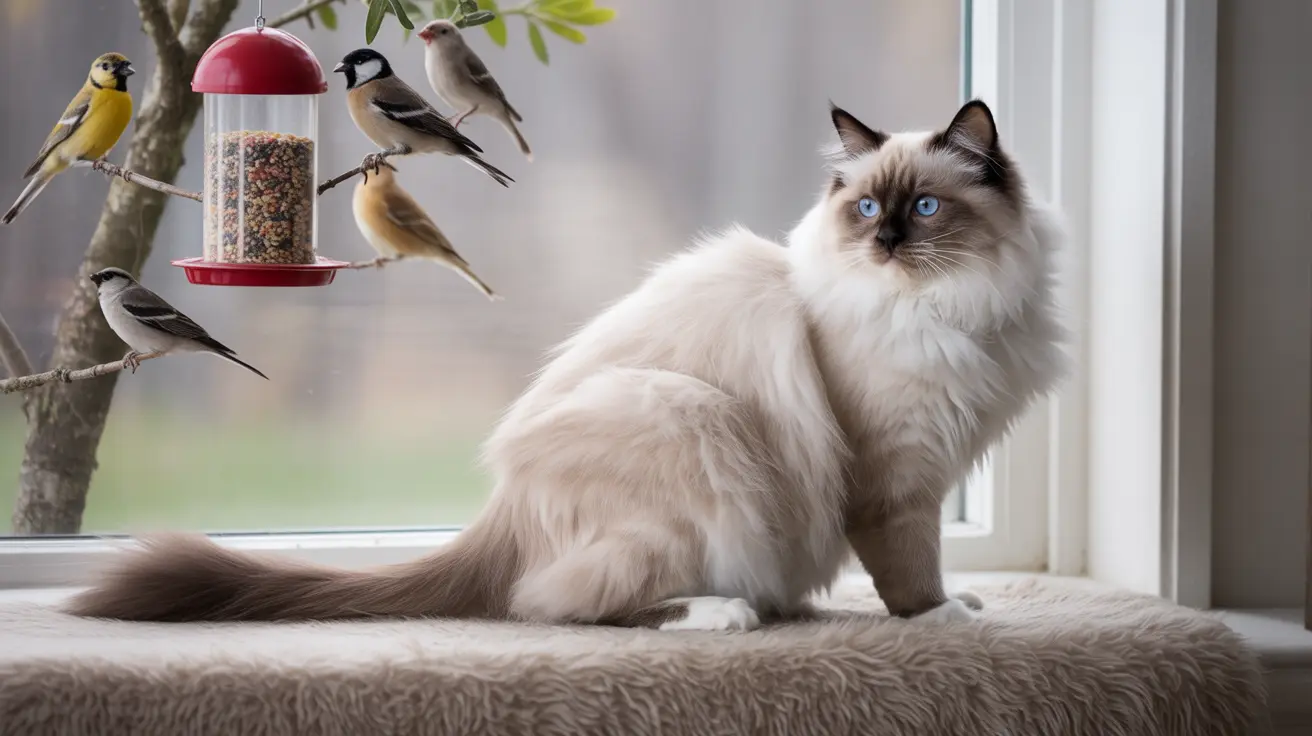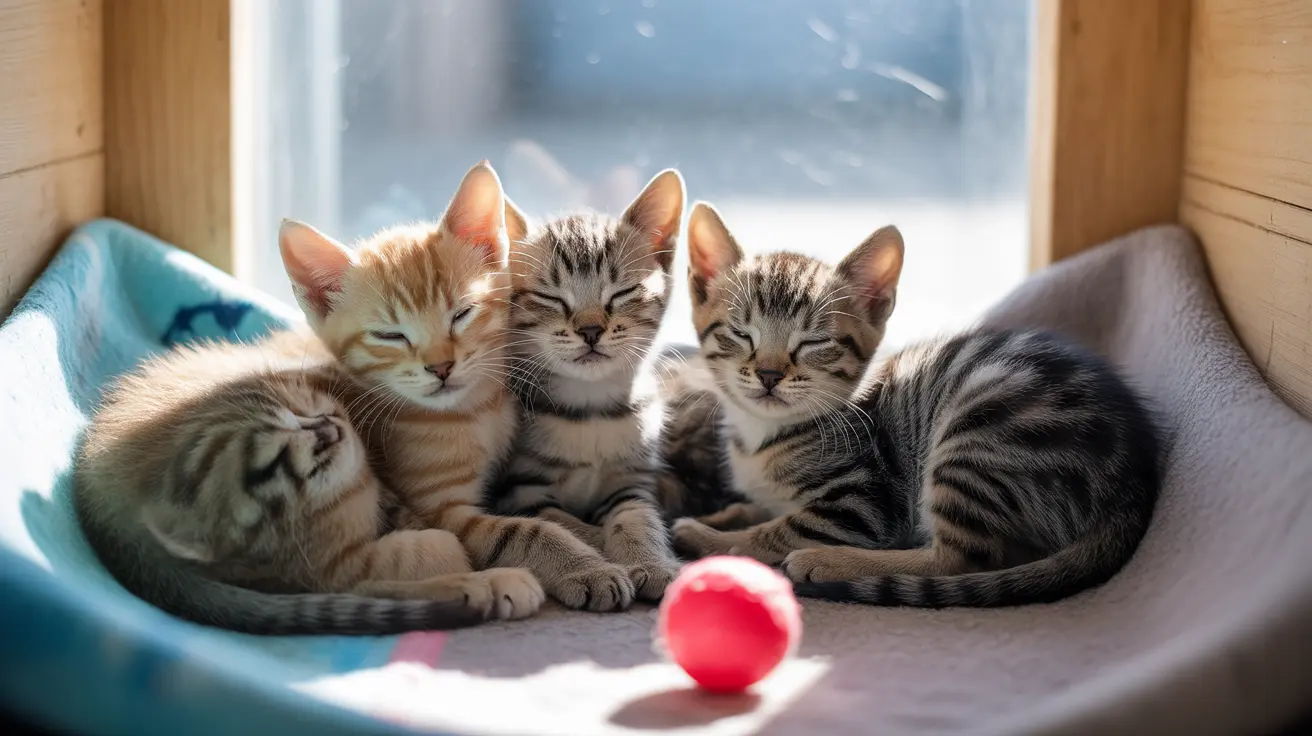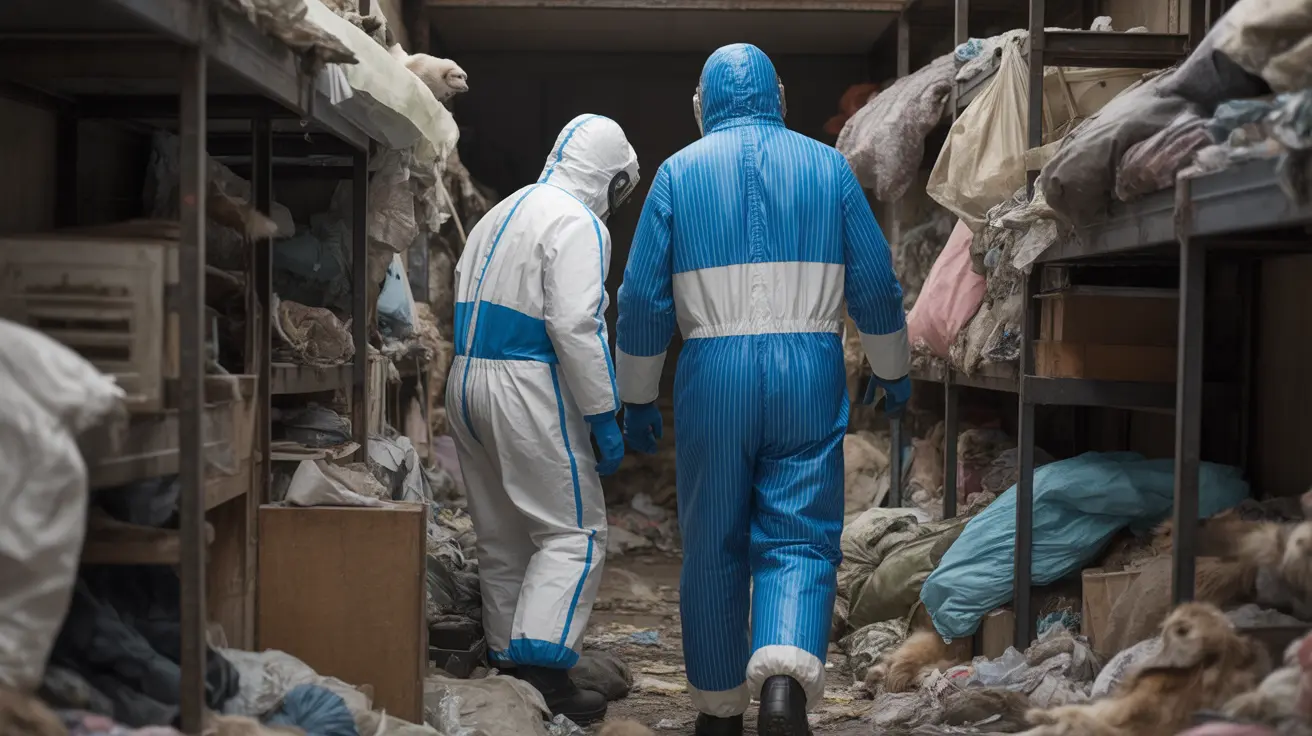Understanding Your Cat's Separation Behavior
Cats communicate their distress through various vocalizations, with crying or meowing being the most common. This behavior typically stems from several key factors:
Separation Anxiety in Cats
Just like humans, cats can develop separation anxiety when apart from their primary caregiver. This condition is particularly common in cats that were orphaned young, have experienced trauma, or have formed especially strong bonds with their owners.
The Role of Routine and Environment
Cats thrive on routine and predictability. Sudden changes in their environment or their owner's schedule can trigger anxiety-related behaviors, including crying when left alone. This is especially true for indoor cats who rely heavily on their human companions for stimulation and social interaction.
Signs Your Cat May Be Struggling with Separation
Beyond crying, cats may exhibit several other behaviors that indicate separation-related stress:
- Excessive grooming or scratching
- Destructive behavior while you're gone
- Changes in eating or drinking habits
- Inappropriate elimination outside the litter box
- Clingy behavior before you leave
Addressing Your Cat's Emotional Needs
Creating a supportive environment can significantly reduce your cat's distress when you're away:
Environmental Enrichment
Provide engaging activities and comfortable spaces:
- Interactive toys and puzzle feeders
- Window perches with bird-watching opportunities
- Climbing structures and scratching posts
- Comfortable hiding spots and resting areas
Establishing Positive Routines
Create predictable patterns around departures and returns:
- Keep departures low-key
- Provide special toys or treats before leaving
- Maintain consistent feeding and play schedules
- Gradually accustom your cat to alone time
Professional Support and Solutions
For severe cases, consulting with professionals can provide additional solutions:
- Veterinary evaluation to rule out medical issues
- Behavioral specialist consultation
- Possible consideration of anti-anxiety medications
- Pheromone therapy options
Frequently Asked Questions
Why does my cat cry or meow excessively when I leave the house?
Cats typically cry when you leave due to separation anxiety, loneliness, or a strong attachment bond. This behavior indicates your cat has formed a close emotional connection with you and experiences distress when separated.
How can I tell if my cat has separation anxiety or is just bored or lonely?
Separation anxiety typically involves multiple symptoms beyond crying, such as destructive behavior, inappropriate elimination, excessive grooming, or changes in eating habits. Boredom usually manifests as general restlessness and attention-seeking behaviors without the intense distress signs.
What are effective ways to help reduce my cat's crying when I go away?
Establish a consistent routine, provide environmental enrichment through toys and activities, create comfortable spaces, and gradually condition your cat to your absences. Consider using puzzle feeders, interactive toys, and calming aids like pheromone diffusers.
Could my cat's crying when I leave be caused by medical issues, and how do I check?
Yes, medical issues can cause increased vocalization. Have your veterinarian conduct a thorough examination to rule out conditions like hyperthyroidism, pain, or cognitive dysfunction, especially if the behavior is new or sudden.
Does having another pet or providing toys help prevent my cat from crying when alone?
Yes, companionship from another pet can help reduce loneliness, though proper introduction is crucial. Environmental enrichment through toys, climbing structures, and interactive feeders can also significantly reduce separation-related distress.
Conclusion
Understanding and addressing why your cat cries when you leave requires patience and dedication. By implementing appropriate environmental enrichment, establishing consistent routines, and seeking professional help when needed, you can help your feline friend feel more secure and content during your absences.






